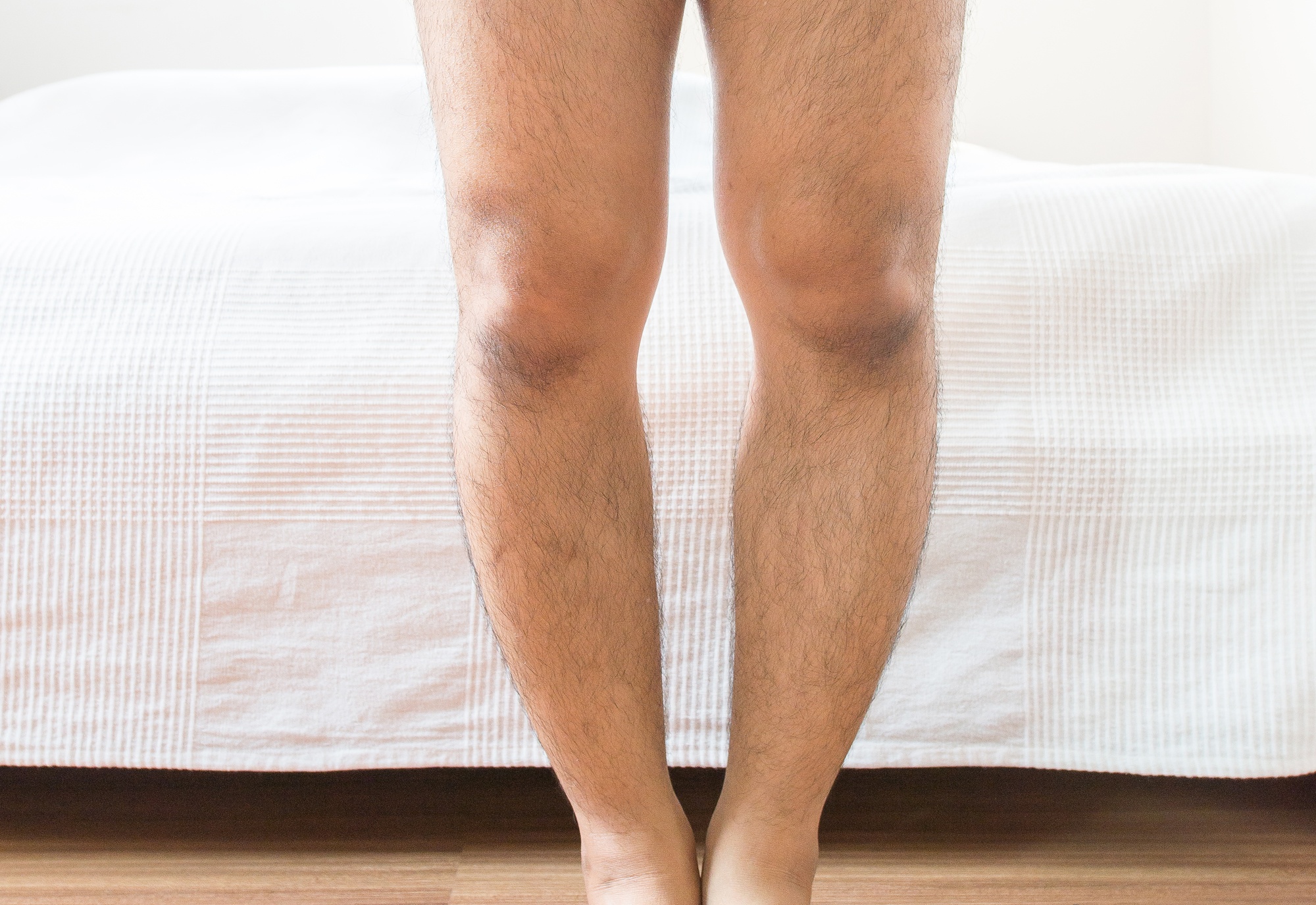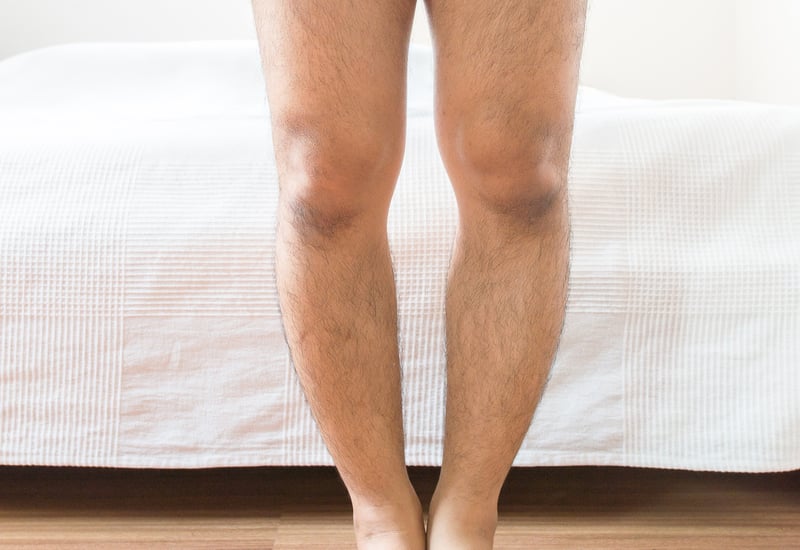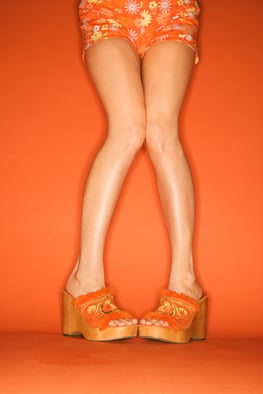Effective Diagnosis and Treatment of Genu Varus and Genu Valgus

 There are several types of limb deformities that can be present at birth or develop later on in life with a small range of treatments that individuals can benefit from. Most treatments are conservative and may be helpful for the individual temporarily. Two of the most common types of limb deformities are genu varus and genu valgus.
There are several types of limb deformities that can be present at birth or develop later on in life with a small range of treatments that individuals can benefit from. Most treatments are conservative and may be helpful for the individual temporarily. Two of the most common types of limb deformities are genu varus and genu valgus.
Genu Varus
Genu varus is a Latin term that is used for a limb deformity most commonly called bow-leggedness. This deformity presents as a varus deformity – or outward bowing at the knee, with the lower leg being angled inward.
Causes of genu varus
The term “bow-legs” comes from the appearance of the leg looking similar to an archer’s bow. This condition may be present at birth or noticed during infancy. Most infants show signs of leg bowing as they learn to walk. This will usually resolve spontaneously as the child grows and does not require treatment.
Parents and pediatricians may notice secondary effects of the hip and ankle due to bowed legs. This condition can be found in one or both legs and is often accompanied with the limb-length discrepancy. There may be a family history of bowed legs, which can give the medical provider an idea as to the progression of the condition.
Blount disease is one of the causes of bowed legs. This is a disease related to a growth disturbance of the tibia and can present as an infant to adolescence. Rickets is another cause of bowed legs. This is a disease that is brought on by poor nutrition or renal failure. Digestive disorders and skeletal dysplasia are other causes of bowed legs.
Genu Valgus
 Another common limb deformity is genu valgus, commonly referred to as knock-knee. Quite the opposite of bow-legs – this condition the knees angle and touch together. A person with genu valgus is not able to touch their feet together while straightening their legs. Genu valgus may affect one or both legs.
Another common limb deformity is genu valgus, commonly referred to as knock-knee. Quite the opposite of bow-legs – this condition the knees angle and touch together. A person with genu valgus is not able to touch their feet together while straightening their legs. Genu valgus may affect one or both legs.
Diagnosis of Genu Varus and Genu Valgus
The diagnosis of a limb deformity condition is made by observing the individual in a standing position. X-rays may be taken in order to see the amount of damage done to the joints and the degree of deformity present. These conditions can cause excessive wear, tear and stress on hips, knees and ankles that often leads to early arthritis.
Treatment of Genu Varus and Genu Valgus
One of the conservative treatments for genu varus and genu valgus includes orthopedic braces, adaptive foot-ware, heel wedges or physical therapy as a short-term treatment and comfort treatment. Orthotics may reduce the stress and lessen the pain and discomfort that can accompany these conditions.
For severe conditions, surgical intervention with limb lengthening surgery may be advised.
Cosmetic limb lengthening surgeries are performed by an orthopedic specialist who specializes in patients that have suffered from the deformities, pain and discomfort of genu varus and genu valgus. This surgical procedure uses the body’s own ability to heal itself to straighten and lengthen the affected limb or limbs.
Cosmetic Limb Lengthening Surgery
Under general anesthesia, the surgeon makes a cut into the bone or bones of the leg. An internal device is placed that is used to very gradually separate the two ends of the bone to the desired length.
Over time, as the bone is separated, new blood vessels, tissue and ligaments fill in the space. Gradually, bone is formed and becomes strong. Weight bearing with the aid of crutches is encouraged during the healing period, along with physical therapy.
Limb lengthening surgery is a highly specialized procedure. It should only be performed by an orthopedic surgeon who has had the training and experience necessary to perform it. Individuals who are interested in this procedure should take the first step, a consultation with an orthopedic surgeon who will determine if limb lengthening surgery is the right choice for them.

